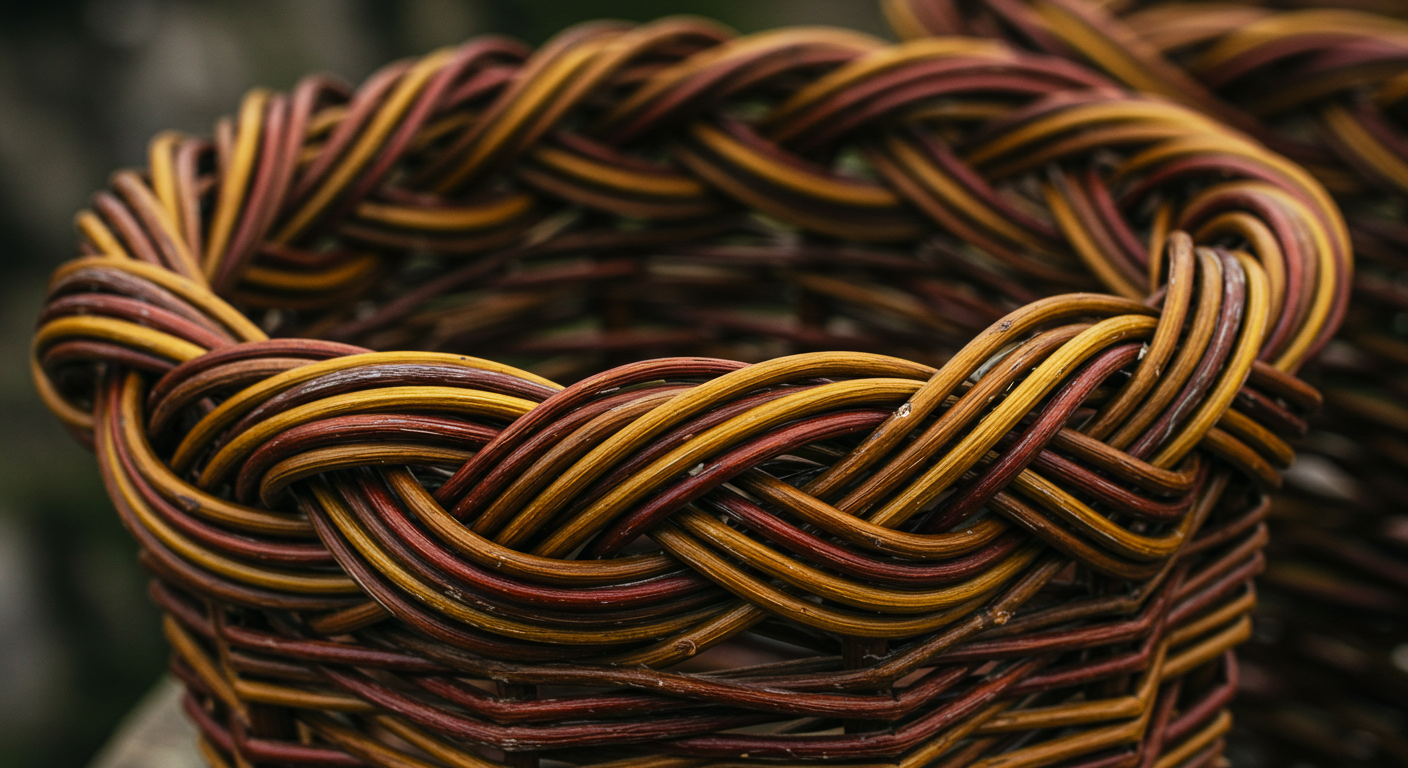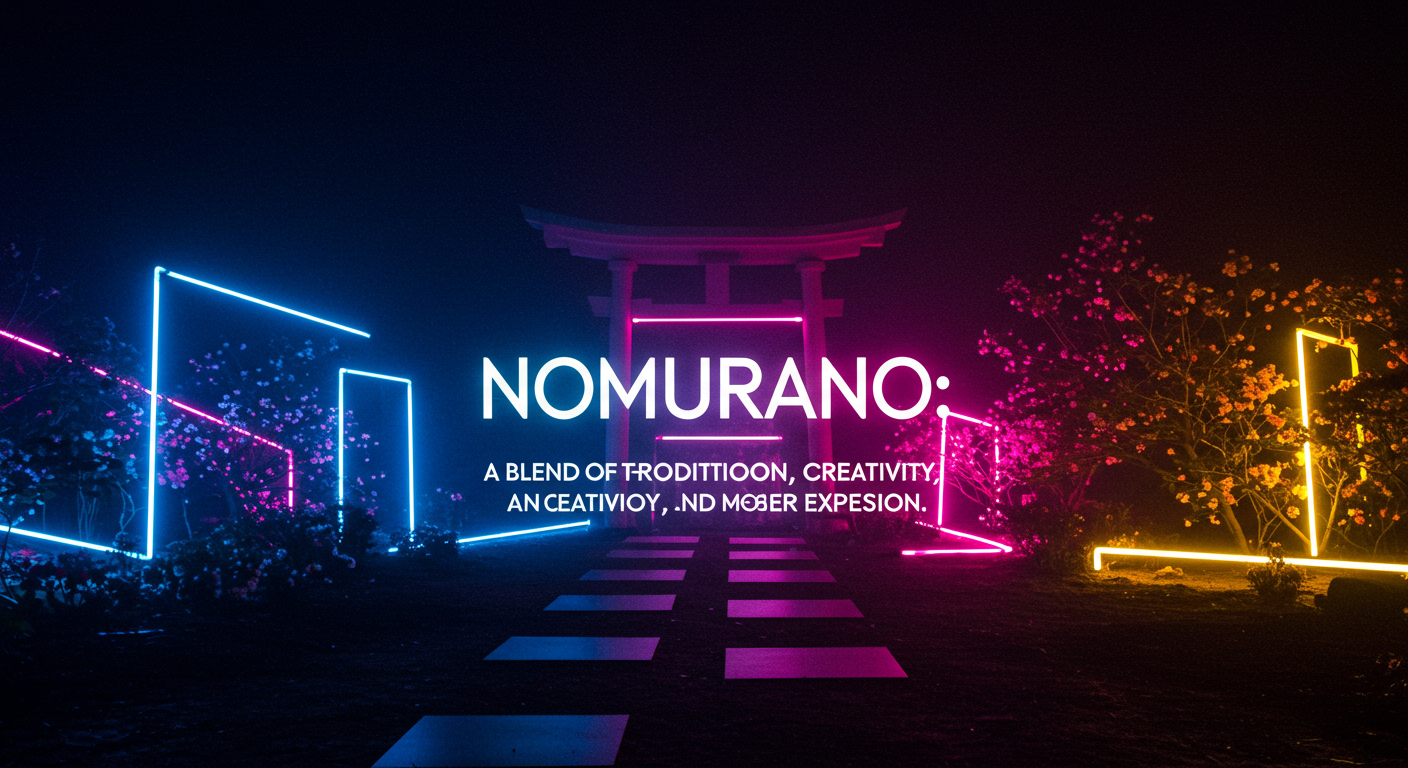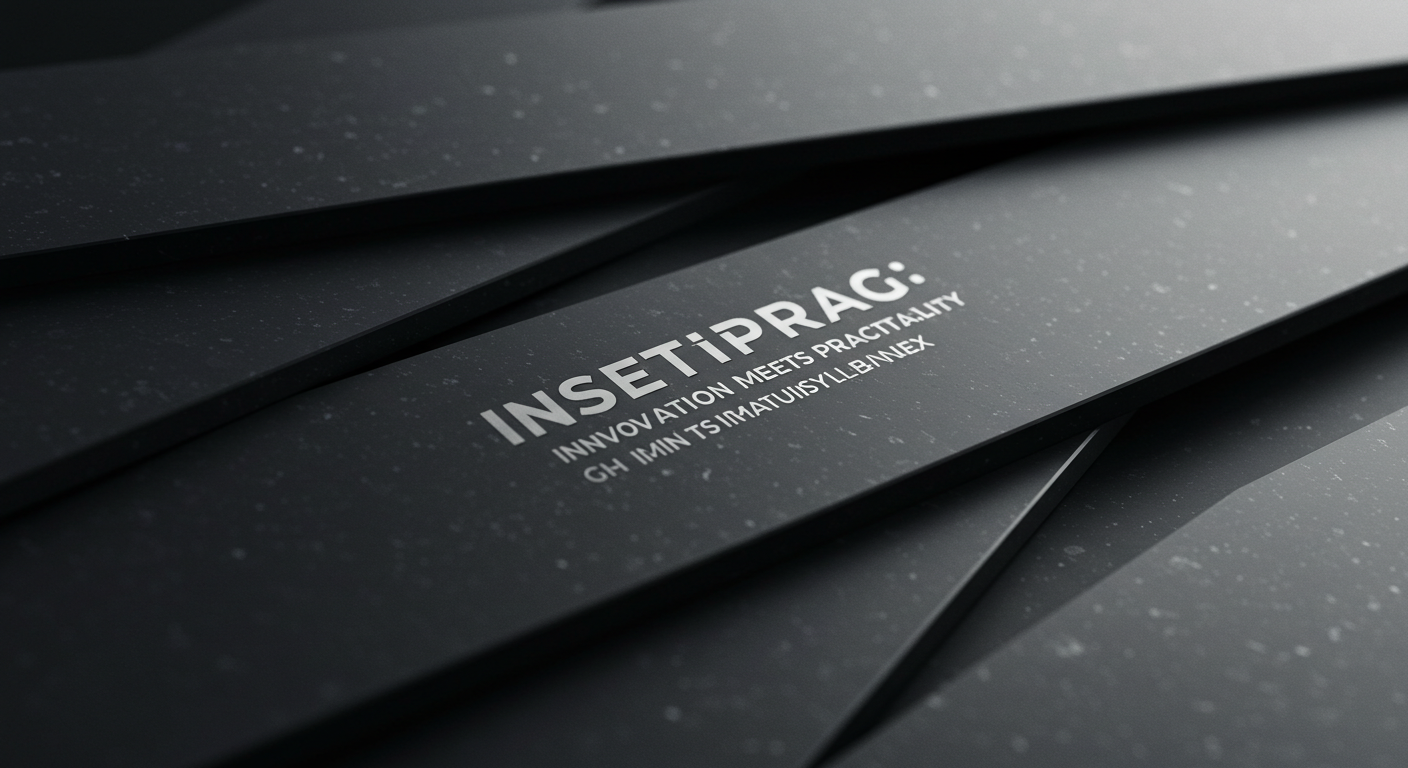In the world of interior design, there’s a growing trend of using natural elements to soften, warm up, and enrich indoor spaces. One such element making its way into homes everywhere is pyntekvister — decorative twigs or branches used beautifully and simply in Scandinavian-inspired décor.
What Is Pyntekvister?
-
The word pyntekvister comes from Scandinavian (Norwegian/Danish) origins meaning “decorative twigs” or “ornamental branches.”
-
Essentially, it’s about using natural branches — bare wood, twigs, sometimes with buds or blossoms — and arranging them in simple or artistic ways.
History & Cultural Roots
-
Pyntekvister has its roots in rural Scandinavian traditions, where people collected twigs and branches seasonally, especially during times of seasonal transition (winter, spring) to bring elements of nature indoors.
-
These arrangements were not purely aesthetic; they often carried symbolism — renewal with budding branches in spring, light and hope in dark winter months, and a connection with nature and the rhythms of the seasons.
-
Why It’s Popular Today
-
Sustainability: Because many pyntekvister are made from fallen or naturally discarded branches, it’s eco-friendly. Less need for manufactured, synthetic décor.
-
Minimalism & Natural Beauty: The clean, raw textures of wood, simplicity of form, and neutral tones align well with Scandinavian / minimalist interior design trends.
-
Versatility: You can adapt it for different seasons, styles, budgets. Bare branches, painted branches, lighted or ornamented ones — there’s flexibility.
How to Use Pyntekvister in Home Décor
Here are some practical ideas if you want to bring pyntekvister into your space:
-
Vase Arrangements
Place one or more branches of different heights in a tall vase. Let the natural curves of the branch show. Bare wood, maybe a slight spray of metallic paint, or leave it natural . -
Seasonal Displays
-
Spring: Twigs with buds, blossoms, pastel touches.
-
Winter: Bare branches, maybe with LED lights, frosty paint or white/silver accents.
-
Autumn: Golden leaves, dried berries, warm earthy tones.
-
-
Wall & Hanging Displays
Tie small branches together, hang them horizontally or vertically; use them as rustic wall art. -
Event Decorations
Weddings or gatherings: use pyntekvister as centerpieces, part of arches, or decorative accents that connect with nature.
Tips & Care
-
Use branches that are dry (or dry them if using fresh ones) to prevent mold or pests .
-
If painting or adding decorative finishes, seal them so color or materials last longer .
-
For seasonal arrangements, store unused branches carefully (dry, wrapped) so they don’t degrade .
Why It’s More Than Decoration
Pyntekvister offers more than just visual appeal:
-
It gives a sense of calm and closeness to nature, especially in spaces that are otherwise modern, busy, or full of synthetic materials.
-
It fosters creativity: choosing branches, arranging them, choosing accents. It’s hands-on.
-
It’s often affordable or almost free (if you’re collecting materials from nature).
Conclusion
Pyntekvister beautifully combines simplicity, tradition, and natural elegance. Whether you live somewhere with lush nature or in an urban apartment, using decorative branches brings warmth, texture, and a subtle reminder of nature’s cycles into your space. If you like minimalist, eco-friendly design, or enjoy DIY styling, pyntekvister is a lovely tradition to try.










